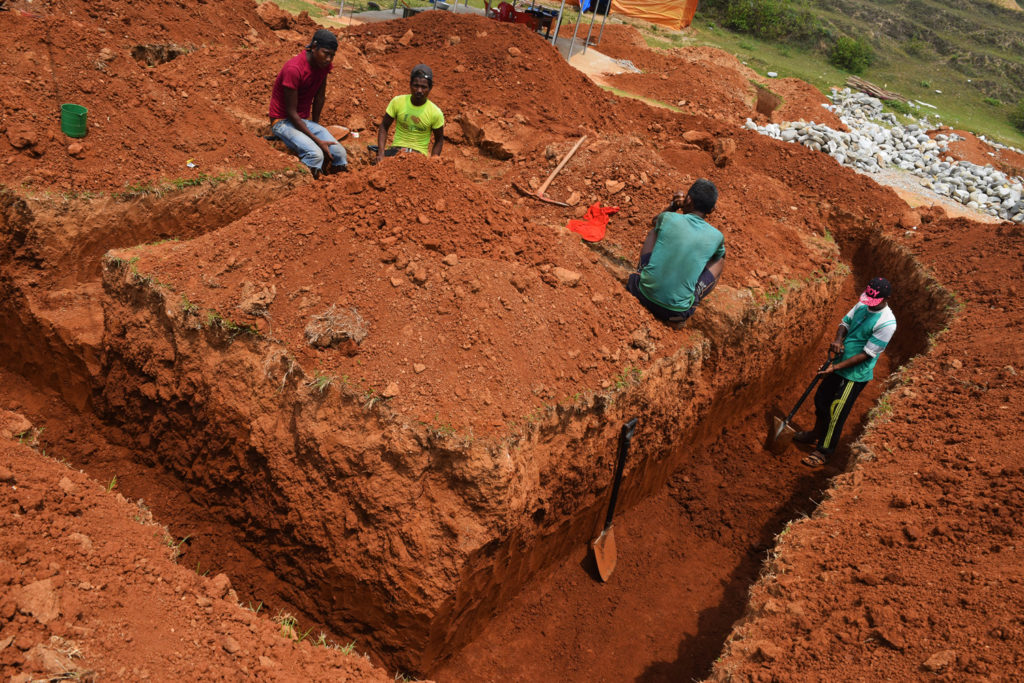
A Replicable, Resilient Model: Building earthquake resistant healthcare systems
By AdministratorThe earthquakes that have struck Nepal since the first 7.8 quake on April 25th represent the greatest natural disasters to befall Nepal in modern history.
When the first quake hit, our team was 300 km from the epicenter planning next year’s expansion. In spite of our physical distance from where the earthquakes struck, there is no question the earthquakes have pulled us incredibly close to the epicenter.
Our immediate response was to support our most trusted partners in Nepal and help bring in funds for organizations equipped to deliver direct relief. Now, as the country slowly makes the transition from relief to rebuilding, we have made the made the decision, without question, to play an integral role in rebuilding the healthcare system in one of the worst-hit districts.
Perhaps fatefully, we were already set up to do this. In addition to our 7+ years of experience building healthcare systems in Nepal, we were also already building earthquake resistant housing and hospitals in Far-West Nepal before the earthquakes struck.
 Earlier this year we broke ground on our two-year hospital expansion in Far-West Nepal, a project that is turning our existing hospital into the leading rural teaching hospital in Nepal—acting as a replicable model throughout the rest of the country.
Earlier this year we broke ground on our two-year hospital expansion in Far-West Nepal, a project that is turning our existing hospital into the leading rural teaching hospital in Nepal—acting as a replicable model throughout the rest of the country.
Every building is being created with earthquake resistant design; we’re using stabilized, rammed earth walls, concrete beams at seismic bandwidth, steel decks and beams, and light structural systems — all smart design features that ensure if another earthquake strikes, our buildings will remain resilient.
The road ahead for Nepal may be uncertain, but the need is not. Now is the time to build the kind of health care system that can not only be resilient in the face of future natural disasters, but match the resilience of the Nepali people who have responded to this tragedy with incredible strength and grit.
